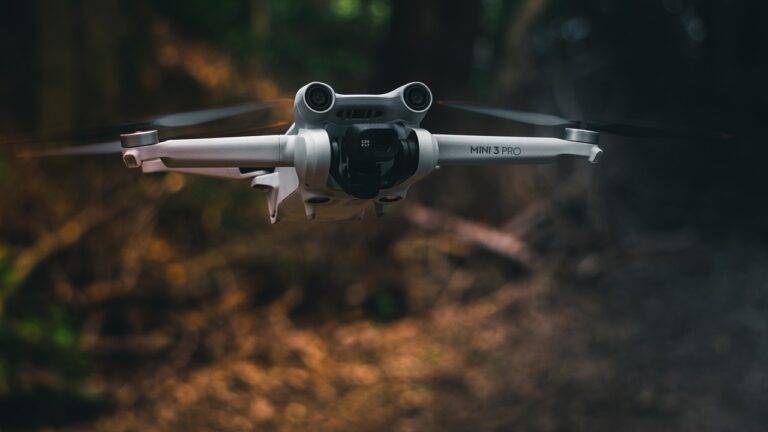The Intersection of Art and Technology: Creative Digital Platforms
In today’s digital age, artists have a wide array of tools at their disposal to unleash their creativity and bring their visions to life. With advancements in technology and the emergence of innovative software and platforms, artists can explore countless new avenues for self-expression. From digital painting to interactive installations, the digital realm offers endless possibilities for artists to experiment and push the boundaries of traditional art forms.
One of the key advantages of the digital age for artists is the ability to easily share their work with a global audience. Through social media, online galleries, and digital platforms, artists can connect with fans, collaborators, and potential clients from all corners of the world. This unprecedented level of connectivity has transformed the way artists present and promote their work, allowing them to reach a wider and more diverse audience than ever before.
Innovative Tools for Creativity
Technology has revolutionized the way artists express their creativity in the modern world. With the rise of innovative tools, creators now have endless possibilities to bring their visions to life. From digital drawing tablets to advanced editing software, artists can experiment and refine their craft with greater ease and precision than ever before.
Furthermore, online platforms and collaboration tools have made it effortless for artists to connect and work together regardless of their physical location. By sharing ideas, feedback, and resources seamlessly, creators can now collaborate in real-time, fostering a sense of community and inspiring each other to push the boundaries of creativity.
What are some examples of innovative tools for creativity?
Some examples of innovative tools for creativity include graphic design software like Adobe Creative Suite, 3D modeling programs such as Blender, and digital drawing tablets like Wacom.
How can artistic expression benefit from the use of digital tools?
Digital tools can enhance artistic expression by providing new mediums for creation, enabling artists to experiment with different techniques, and offering a wider range of possibilities for visual communication.
Are there any drawbacks to using digital tools for creativity?
Some drawbacks to using digital tools for creativity may include a learning curve to master the software, potential technical issues that may arise, and the risk of relying too heavily on digital tools and neglecting traditional artistic skills.
How can artists stay innovative and adapt to new technologies in the digital age?
Artists can stay innovative by continuously learning and experimenting with new tools and technologies, staying up-to-date on industry trends, and collaborating with other artists to exchange ideas and inspire creativity.





